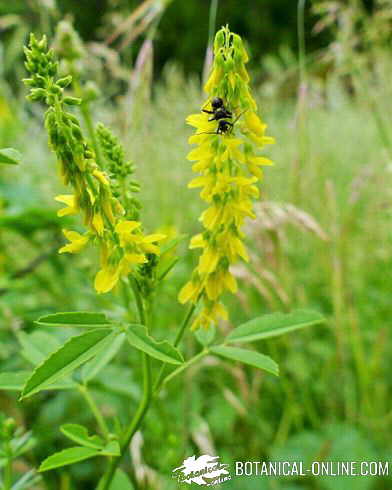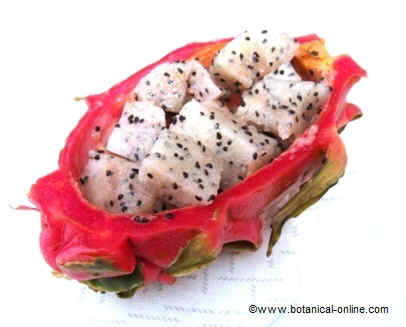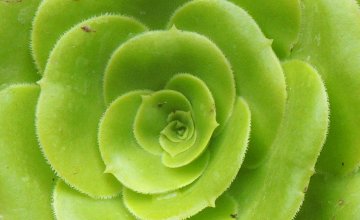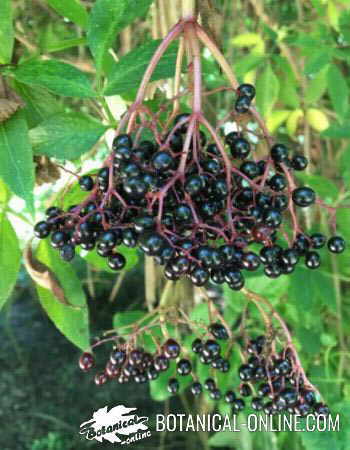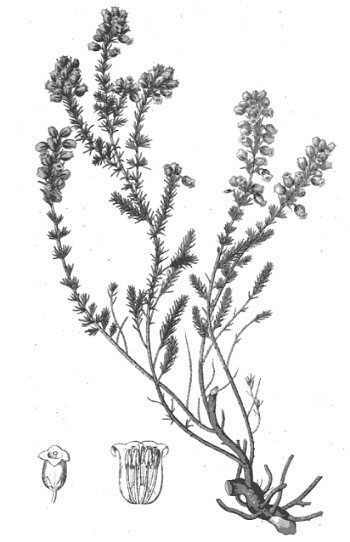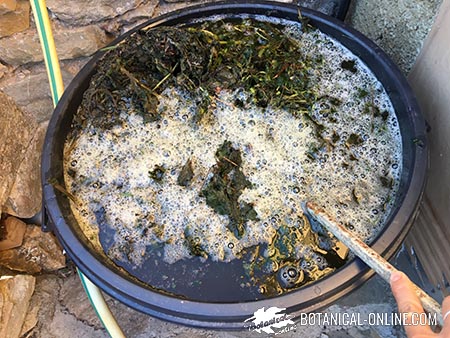Contents
Medicinal properties of pigweed
Medicinal properties of Chenopodium album
Pigweed (Chenopodium album L.) is an excellent depurative of the organism, slightly laxative and refreshing.
Indian Ayurvedic Medicine uses it as a diuretic, sedative and cooling plant, essentially for the treatment of piles or hemorrhoids (they call it Bathna).
In addition to its benefits, the main use of this plant during the history has been more like edible plant or vegetable, as well as other plants of the same genre as poor man’s asparagus (Chenopodium bonus-Henricus L.).
Pigweed and its properties as an edible wild plant
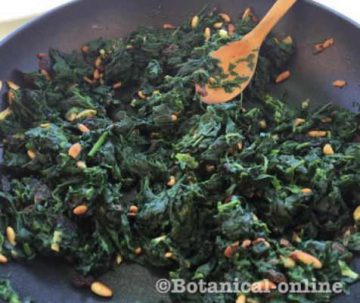
Pigweed is a plant that for many years has been consumed as a common vegetable, although, over time, other more productive plants, as well known as lettuce or Swiss chard, have displaced it from the diet.
The tender leaves of the pigweed are really delicious as an edible wild plant. As such, it is collected during the spring, when it begins to sprout and before it produces its inflorescences.
It is also a plant abundant in nature, very prolific, so if one wants a good ration, it will be easy to collect a considerable bunch. Pigweed spreads a lot and can save us many trips to the market.
How is pigweed consumed?
This plant is a highly appreciated vegetable throughout the Mediterranean region, especially in rural areas, where it is still consumed.
The leaves are eaten raw (only the tiniest and tender leaves), or rather boiled or cooked, in different stews, or basically in vegetable dishes and to make tortillas. They can also be used to fill a fresh pasta, to prepare empanadas or for crêpes.
We will use only the most tender leaves of the plant, that is, the 4 or 6 upper leaves of the stem, since the leaves of the base are more bitter, rich in oxalates and woody. The stems, even being tender, make threads and are not pleasant to chew.
Medicinal benefits of pigweed
Among its nutrients, it provides us with a lot of potassium, a mineral with diuretic properties, to stimulate the production of urine and therefore the elimination of waste from the body.
Like other green leafy vegetables, pigweed also provides a large amount of folic acid, a vitamin that cleanses the blood of toxins such as homocysteine, resulting in a vegetable very suitable for cases of high cholesterol, obesity, diabetes and heart disease.
In addition, these plants are very rich in powerful antioxidants such as beta carotene and chlorophyll. These principles have properties to purify the liver as they intervene in their detoxification processes. A plate of quinhuillas also supposes a good contribution of calcium and magnesium.
![]() More information on pigweed
More information on pigweed

